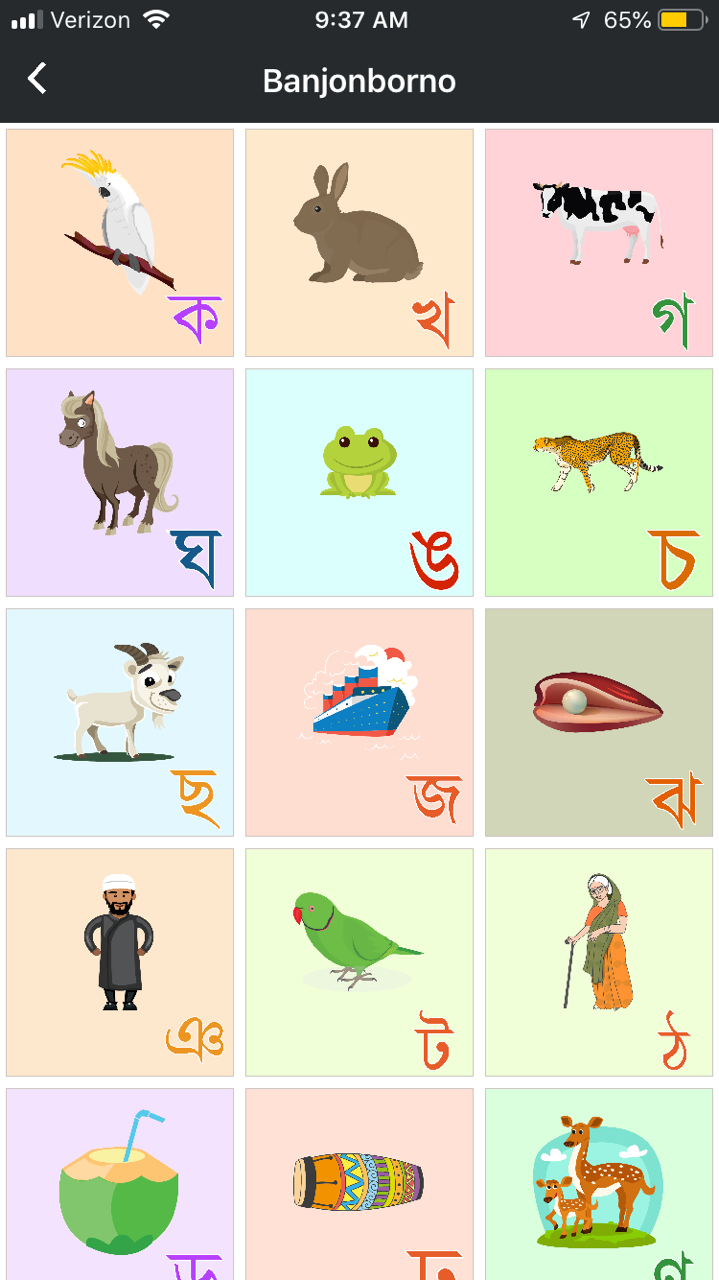

Epics of Hindu scripture, including the Mahabharata or Ramayana, were written Mithilakshar/Tirhuta script in this region. The script was originally used to write Sanskrit. It was standardized into the modern Bengali script by Ishwar Chandra under the reign of the British East India Company. The Bengali script was originally not associated with any particular language, but was often used in the eastern regions of Medieval India.


It is recognizable by a distinctive horizontal line running along the tops of the letters that links them together, a property it shares with two other popular Indian scripts: Devanagari (used for Hindi, Marathi and Nepali) and Gurumukhi (used for Punjabi). It is written from left to right and lacks distinct letter cases. its vowel graphemes are mainly realized not as independent letters, but as diacritics attached to its consonant letters. From a classificatory point of view, the Bengali script is an abugida, i.e. Historically, the script has also been used to write the Sanskrit language in the same region. All these languages are spoken in the eastern region of South Asia. The script with variations is used for Assamese and is basis for Meitei, Bishnupriya Manipuri, Kokborok, Garo and Mundari alphabets. The Bengali alphabet ( Bengali: বাংলা লিপি bangla lipi or Bengali: বঙ্গলিপি bônggolipi) is the writing system for the Bengali language.


 0 kommentar(er)
0 kommentar(er)
